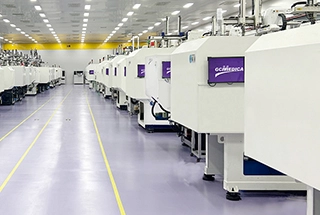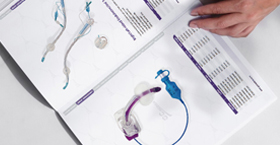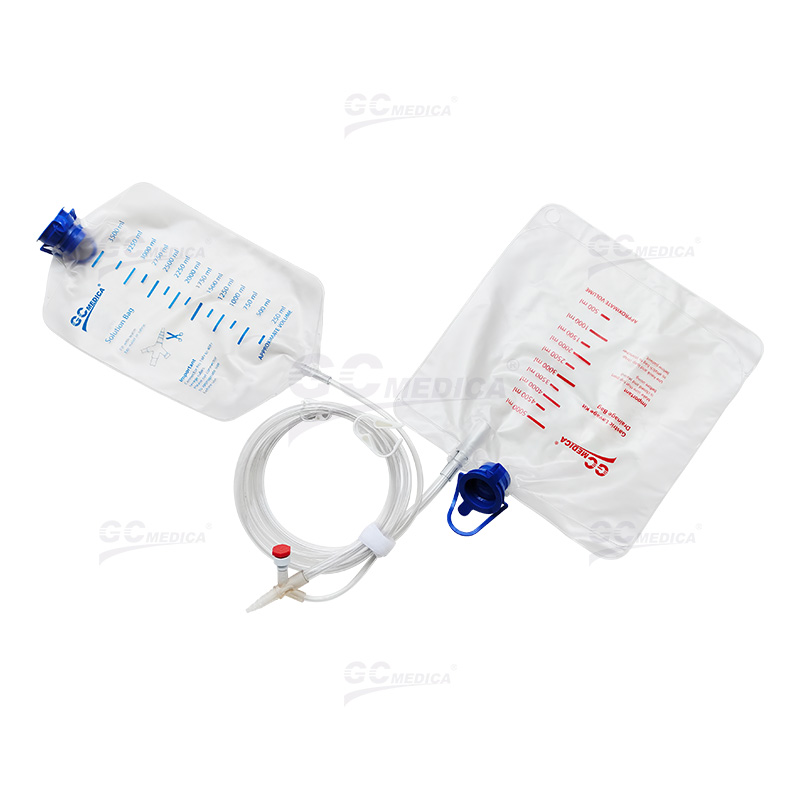Gastric lavage, commonly referred to as stomach pumping or gastric irrigation, is a medical procedure used to remove toxic substances, poison, or undigested material from the stomach. It is most frequently employed in cases of drug overdose, accidental poisoning, or severe gastrointestinal bleeding. The success and safety of the procedure depend heavily on the proper selection and preparation of materials and equipment. Healthcare providers must ensure sterility, appropriate sizing, and readiness of each component before initiating lavage to minimize complications such as aspiration, mucosal injury, or electrolyte imbalance.
In clinical settings, gastric lavage equipment is typically organized into a kit or tray, facilitating rapid deployment when time is critical. The procedure requires not only physical instruments but also monitoring devices and supportive materials to manage patient comfort and detect any adverse reactions. Below is a table summarizing the essential materials and equipment for gastric lavage:
| Item | Description | Purpose | Typical Specifications |
|---|---|---|---|
| Nasogastric/Orogastric Tube | Flexible, medical-grade PVC or silicone tube | Access to stomach cavity for instillation and aspiration | French size 14–18 for adults |
| Lavage Set | Tubing with Y‑connector, one port for fluid entry, one for suction | Facilitates irrigation and simultaneous suction | 150–200 cm length; Luer lock connectors |
| Irrigation Fluid | Normal saline or water (according to protocol) | To flush out gastric contents | 0.9% NaCl, room temperature |
| Suction Apparatus | Wall-mounted or portable vacuum suction device | To aspirate lavage fluid and gastric contents | Adjustable suction pressure (100–200 mmHg) |
| pH Indicator Strips | Disposable paper strips | To confirm tube placement in stomach (acidic pH) | pH range 1–7 |
| Protective Equipment | Gloves, gown, face shield or goggles | To protect healthcare providers from spills and splashes | ASTM‑rated for fluid resistance |
| Emesis Basin | Kidney‑shaped pan | To collect and measure aspirated gastric contents | 1000–1500 mL capacity |
| Irrigation Container | Graduated jug or bag | Holds lavage fluid for controlled instillation | 1–2 L capacity with clear graduations |
After assembling the above equipment, the patient’s airway, breathing, and circulation must be assessed. The healthcare provider should explain the procedure and obtain informed consent if the patient is conscious. Positioning the patient in a semi‑upright posture reduces the risk of aspiration; in unconscious patients, the head should be turned laterally and the bed tilted slightly.
The actual lavage involves alternating instillation of irrigation fluid and gentle suction until the returning fluid is clear or until the maximum safe volume (generally 200–300 mL per cycle, not exceeding 2 L total in adults) has been used. Continuous monitoring of vital signs, oxygen saturation, and electrocardiographic parameters is crucial, especially when large fluid volumes are employed. Electrolyte levels should be checked before and after the procedure to detect any imbalances.
Finally, once lavage is complete, the nasogastric/orogastric tube is carefully removed, and the patient is observed for complications such as aspiration pneumonia, mucosal irritation, electrolyte disturbances, or hemodynamic instability. Proper documentation of the volume and characteristics of aspirated material, fluids instilled, patient tolerance, and any complications must be recorded in the medical chart. Adhering strictly to equipment guidelines and procedural protocols ensures gastric lavage is performed effectively and safely.
| Gastric Lavage Kit > |

 Français
Français Español
Español Products
Products
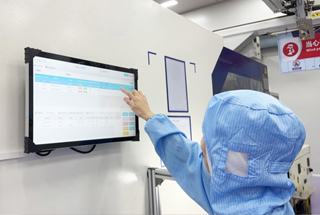
 About Us
About Us




